To exude both class and indestructibility, a car must at once be built like a Dodge Challenger tank and make more concessions to luxury than a Four Seasons hotel.
It’s a winning and increasingly popular formula, but even today’s tech-rich efforts can’t hold a candle to the Mercedes-Benz W123.
Introduced in 1976 as an evolution rather than reinvention of the W114, the W123 spawned a total of four bodystyles and went on to surpass even the astounding sales success of its forebear, shifting 2.7 million units over its 10-year production run.
Click here to buy your next used car from Autocar
Expensive in all forms from new, the W123 could be specified with an overwhelming range of petrol and diesel motors, the most dependable of which helped to secure its place in the hearts of taxi drivers around the globe. Many are recorded as having covered upwards of 500,000 miles without much more than regular services, although the doorless 1983 230E that took James May across Botswana in a 2007 episode of Top Gear is probably a better known testament to the car’s durability.
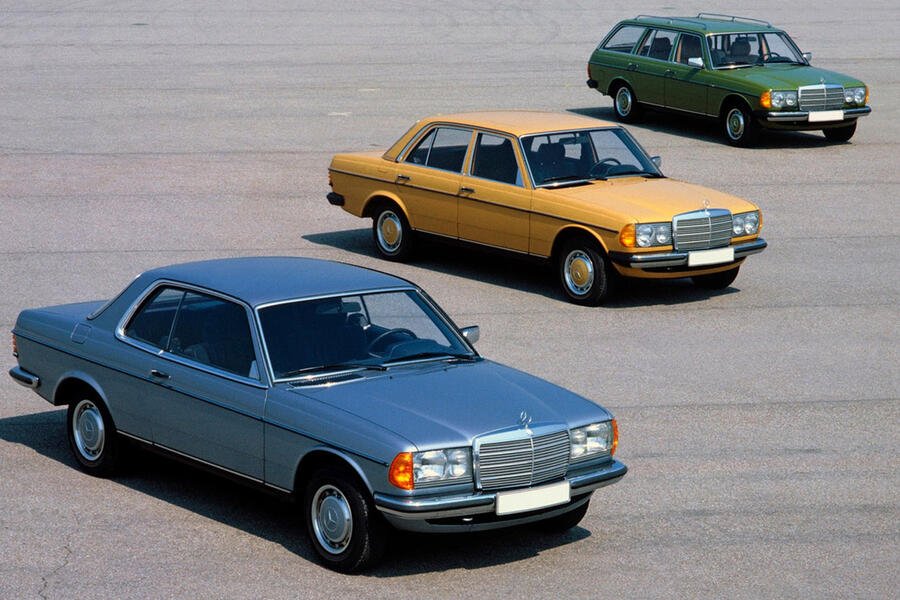
The car commanded a heavy premium over its rivals – a starting price of £8000 in 1979 translates to £41,000 today – but a large portion were run on a tight budget, and the results are plain to see today: available models range from basket-case barn finds (steer well clear) to concours cars that have been restored at great expense to their owners.
The handsome estate version – badged T for ‘tourismus und transport’ – is the most unattainable variant, prices now edging past what you might pay for a clean two-door ‘pillarless’ CE coupé, but the saloon is just about still within the realm of the casual enthusiast.
The marketplace is mostly populated by 230E models, which, as the designation suggests, pack a 2.3-litre four-cylinder petrol motor with a healthy 134bhp, but there are plenty of less potent 200 examples still up for grabs. The top-rung 280E’s straight-six petrol was said to be capable of pushing the W123 to 124mph, but beware earlier carburetted versions, which are thirstier than those equipped with the Bosch fuel injection system.
Don’t expect such pace from naturally aspirated diesels, whose pedestrian nature was instrumental in their famed longevity. The 300TD – featuring the world’s first turbodiesel motor for a passenger car – didn’t come to the UK originally, but clean examples can be found Stateside and across Europe. While there remains a healthy selection of W123s in the classifieds, its ongoing popularity is threatened by a lack of aftermarket support from Mercedes, which means that fully restored examples are often sold on at a heavy loss by owners. Usable parts can be nabbed from the plethora of crusty examples being broken in the UK and abroad, and pattern body panels are available through suppliers including Niemöller and Mecatechnic.

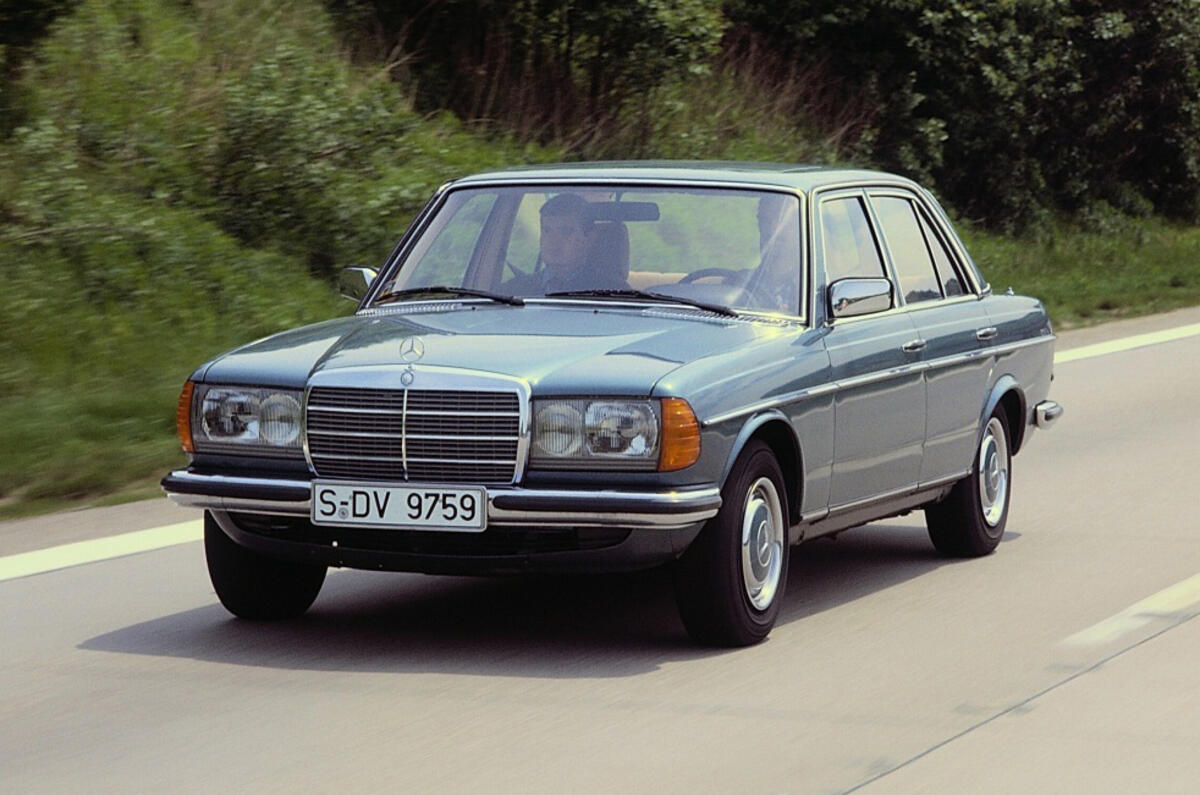
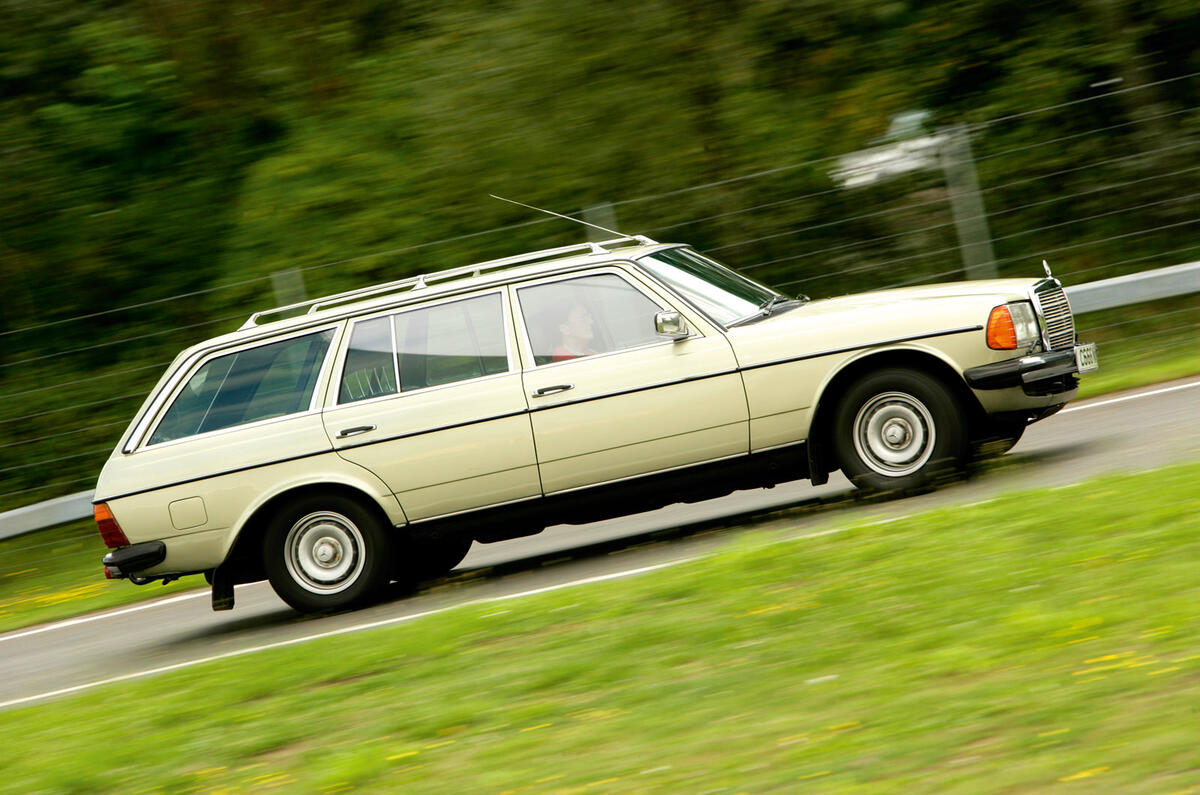
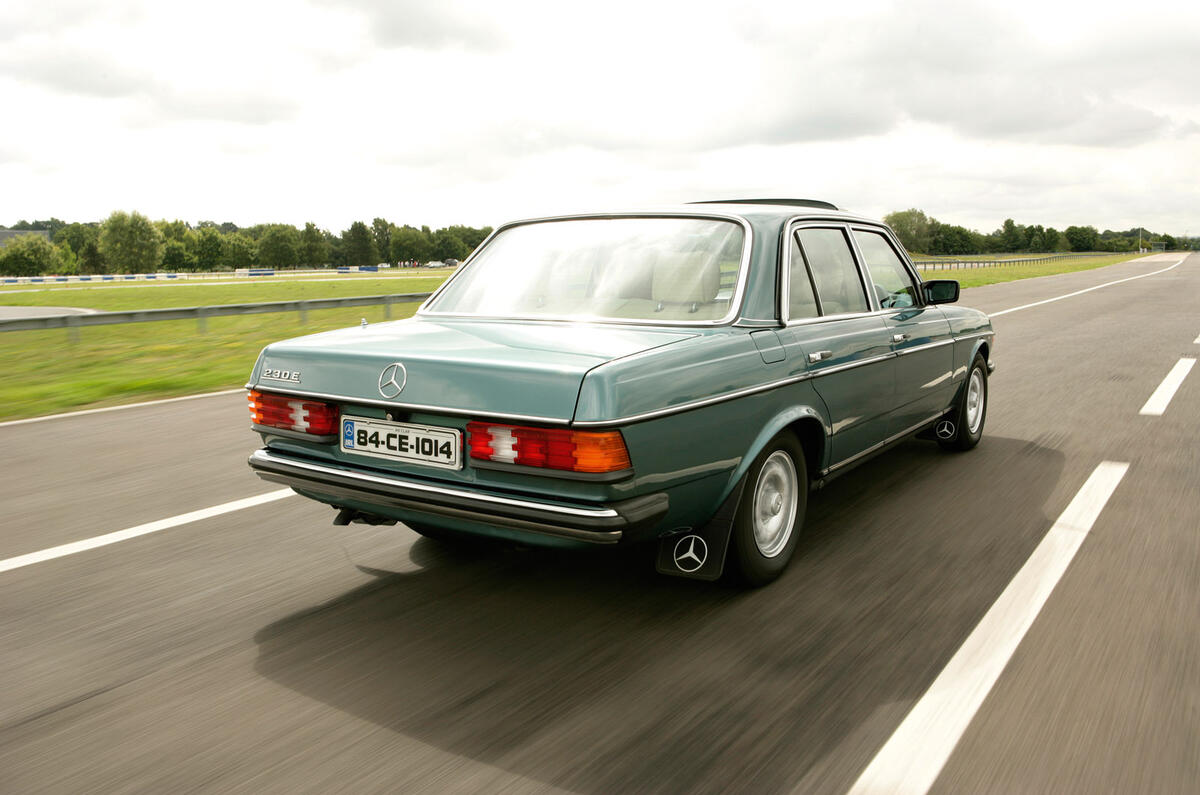

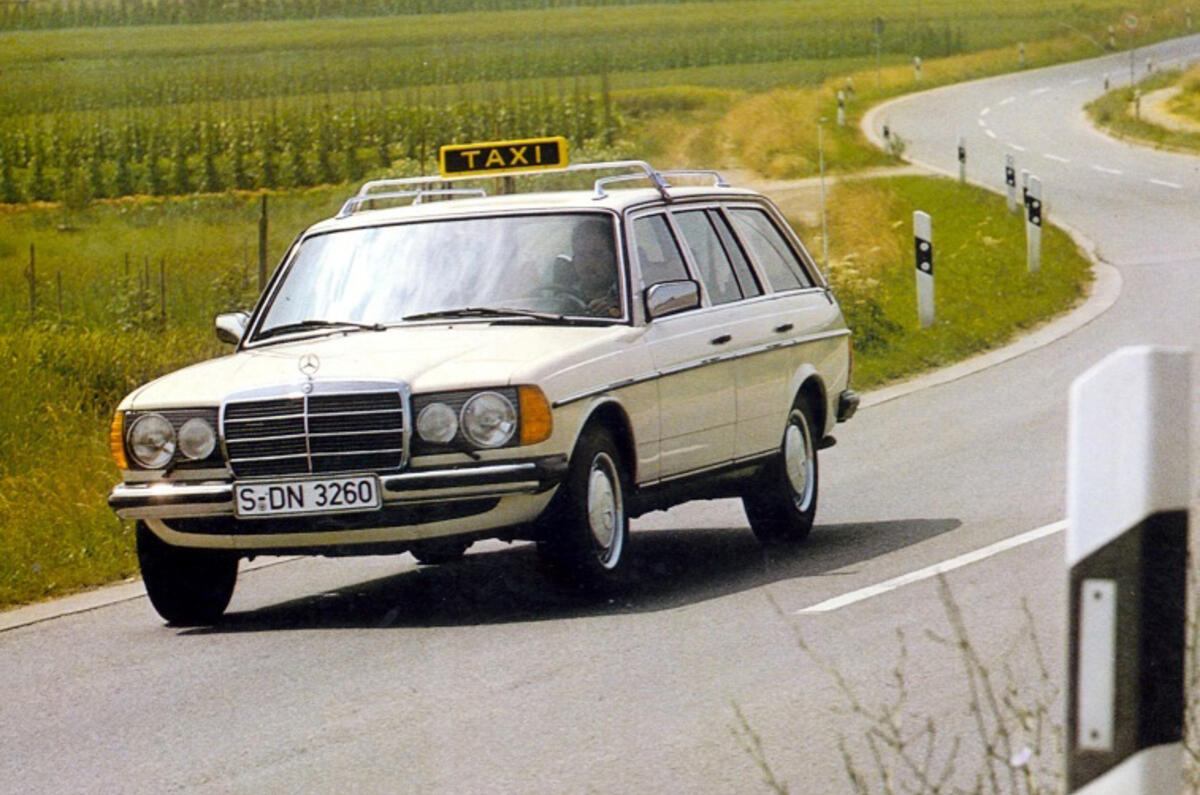
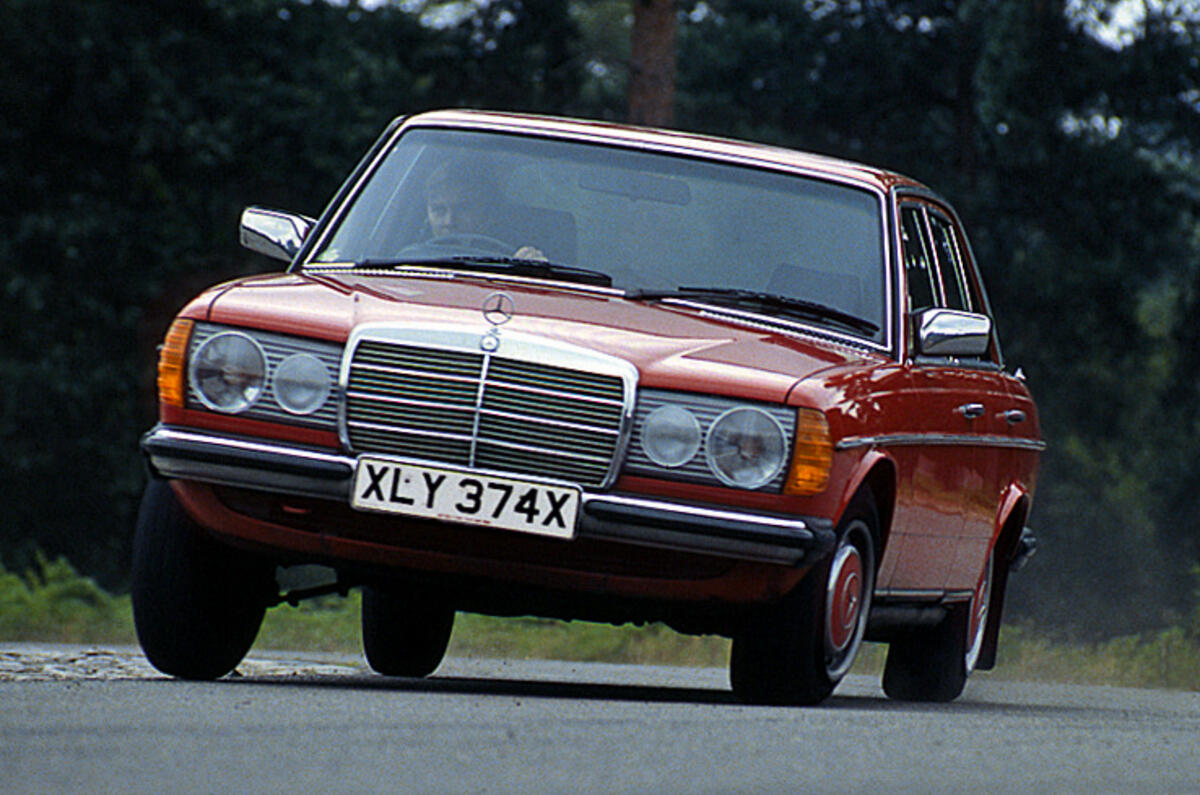
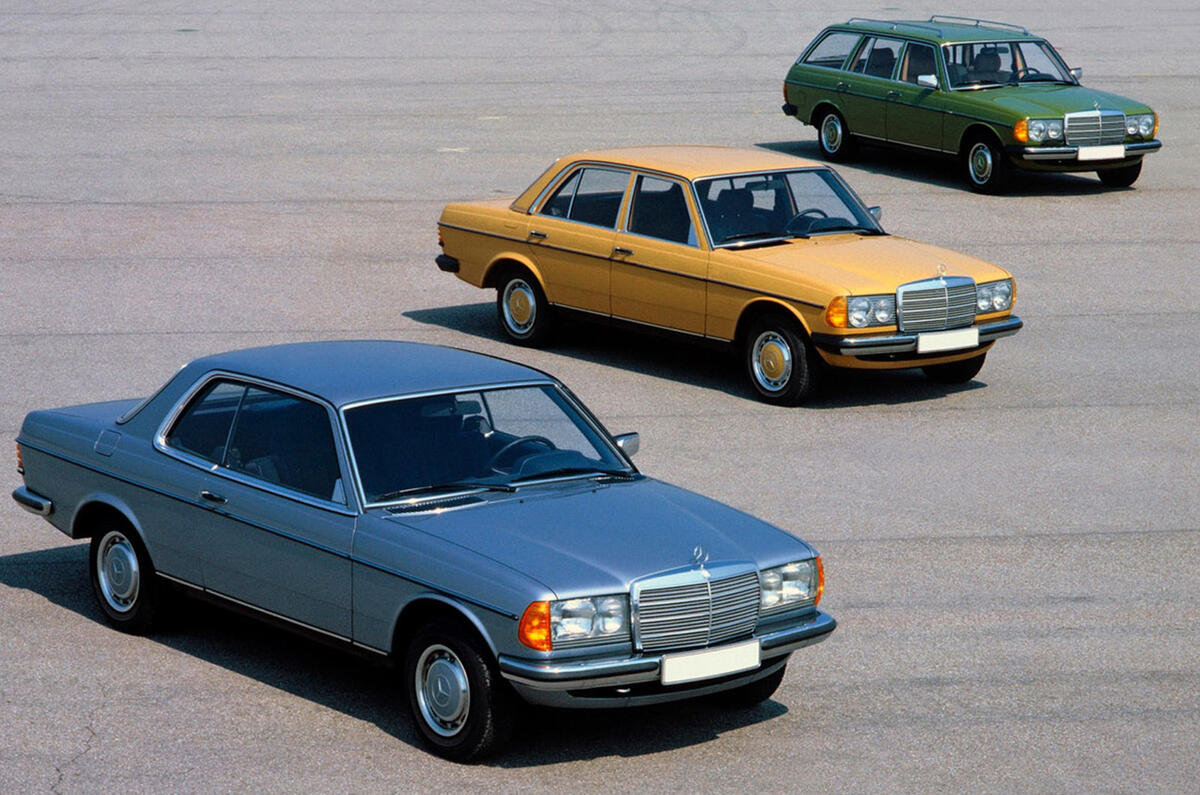
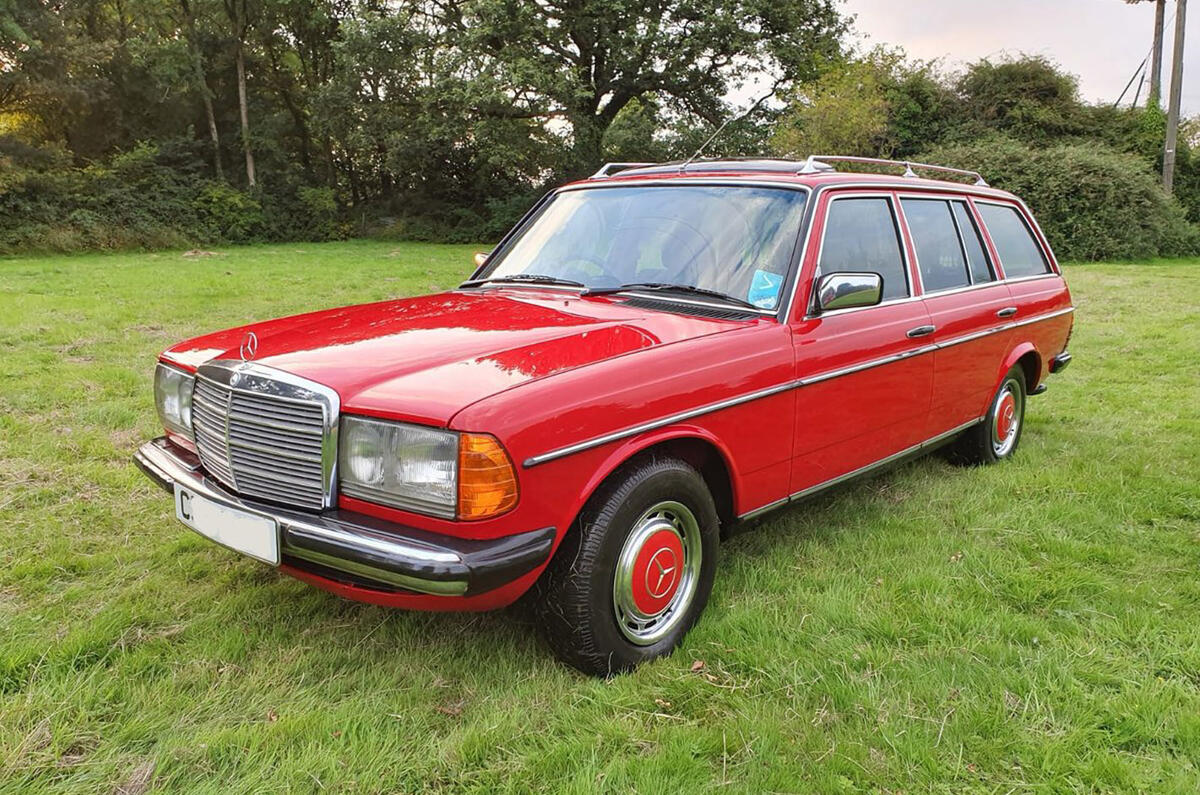
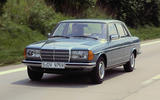
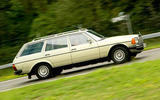
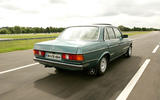
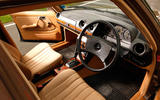
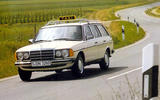
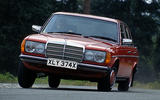
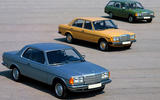
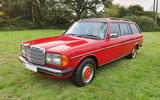

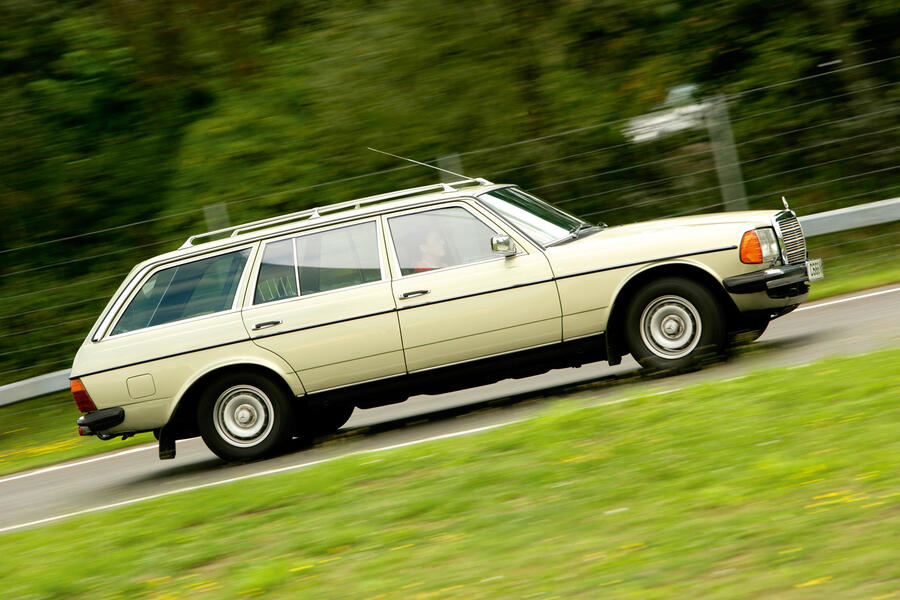
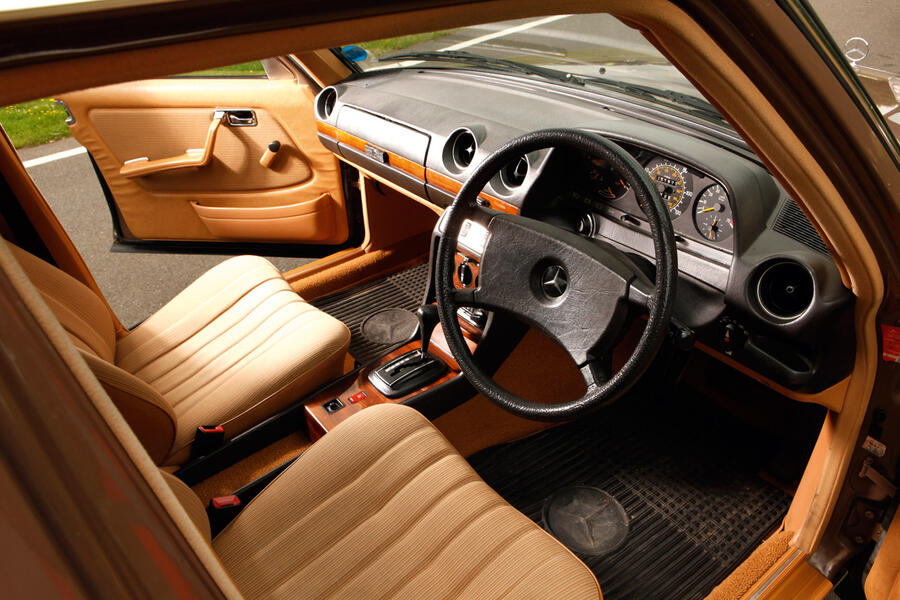
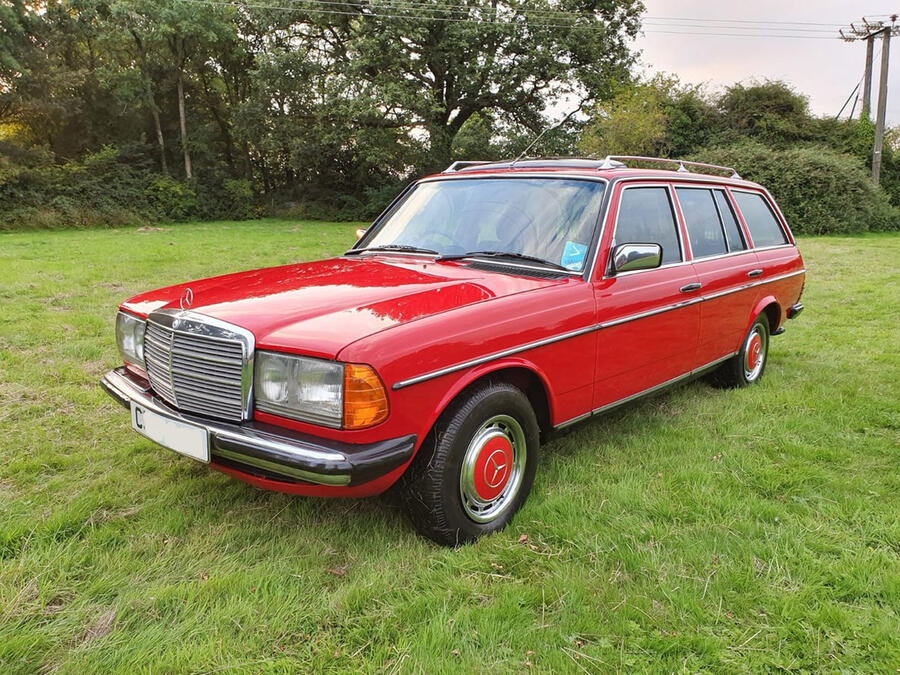





Join the debate
Add your comment
Ahhh
The days when estates had proper square load areas with proper sized rear-most windows rather than todays letter box shape ones.
It seems like another era,
It seems like another era, when you consider how sober Mercs used to be, not a hint of sportyness or flashiness.
Mikey C wrote:
And all the better for it too I reckon, and not just Mercedes but BMW and Audi too. Today, all of them lack taste and restraint, overdesigned and are often quite vulgar too.
Mikey C wrote:
But of course Mercedes has worked hard in recent years to court the customers wanting a bit of flash, and they've succeeded. Many of the young gentleman I see around (with plenty of cash and free time but seemingly no daytime job) have replaced the BMWs and Audis they used to have with present day Mercs. In my younger years, those who had a bit of cash to spend on motors used to buy BMWs and Audis on their way up to the ultimate goal, a Mercedes, but its definitely not the case now.
As a side issue, the CE is a perfect example of how losing the rear doors on a car, even if the overall profile stays the same, vastly improves its looks and desirability.
The good old days for
Having said that I prefer the 123's predecessor (W114/5) and successor (W124) for their perfect designs. I always find the framing of W123's round headlights by a rectangular frame an awkward solution.
Total agreement
Oh yes, I couldn't agree more! Such clean lines, but subtly distinctive with its vertical rectangular headlights and "clap-hands" windscreen wipers. And of course, an obvious family resemblance to the sublime SL "pagoda roof". I had a W114 280 CE on which I was going to do a rolling restoration but funds and circumstances at the time forced me to sell it on. I still ogle pictures of these on the internet!